
The price of basmati rice could rise by as much as 30% this year, suppliers are warning, as floods in India and Pakistan - as well as farmers switching away from traditional basmati to alternative rice varieties - put a squeeze on supplies and drive up prices.
After rising sharply during 2012 and into early 2013, the commodity price of basmati rice in Europe has actually been on a general downward trend over the past six months [Mintec]. However, prices have started to edge up once more, with some suppliers already having to push through price increases.
“In December, we had to increase our prices to the independent retail trade by 15%, and this is likely to increase further in 2014,” says Harry Dulai, CEO of world food supplier Surya Foods, adding price rises could reach as much as 30% during the course of 2014.
Poor weather and floods have been a major driver behind the price increases. In November, the UN FAO cut its production forecast for Pakistani basmati by 0.6 million tonnes, and the USDA predicts India’s rice production will fall by 2 million tonnes in 2013/14.
Supplies are being squeezed further because farmers are increasingly moving to so-called 1121 rice - a higher-yield hybrid variety of long-grain rice, which is in high demand in the Middle East.Suppliers of 1121 rice claim it has the same qualities as basmati but with longer grains, and it is sold under the basmati name in many countries. However, current EU food classification rules mean it cannot be labelled as basmati in markets like the UK, says Dulai.
Traditional basmati is unlikely to disappear from the market, as there is still strong demand for it, he adds, “but the landscape of the rice market is changing dramatically as people explore new varieties”.
Basmati rice accounts for about one third of the UK rice market [The Rice Association].
Kenyan tea authority intervenes to boost prices
Although Kenyan tea remains significantly cheaper than a year ago, prices have started rising recently and are currently up nearly 9% on last month after the Kenyan Tea Development Authority intervened in the market to boost prices, asking tea producers to scale back production.
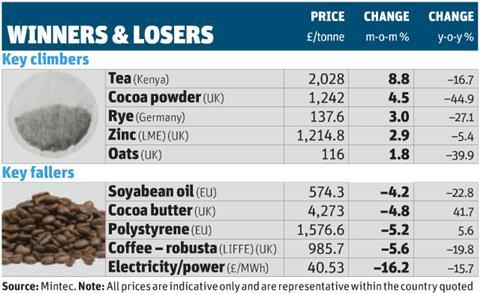
Cocoa powder prices have also edged up month on month, driven by increased demand from buyers, as have rye and oat prices. But all three remain down year on year.
Robusta coffee, however, is down both year on year and month on month, thanks to strong production in Vietnam. Soybean oil is down 22.8% year on year and 4.2% month on month, with a good production run expected for 2013/14.
Prices digest
Sugar: Australia’s sugar cane harvest is on course for a record harvest, provided the weather plays ball, industry association Canegrowers has said. The 2014 crop could total more than 32 million tonnes, “if thirsty crops get a much-needed drink soon,” it added.
Bananas: Researchers at Wageningen University have issued a renewed call for action to tackle Panama disease, which affects banana crops. The spread of the disease was increasingly disconcerting for the global banana industry, and there was growing concern the disease would soon spread to Latin America, they said.
GM: Defra secretary of state Owen Paterson has once again expressed his support for GM crops. Speaking at the Oxford Farming Conference, he said Europe needed to embrace GM technology or risk becoming a “museum of world farming”.




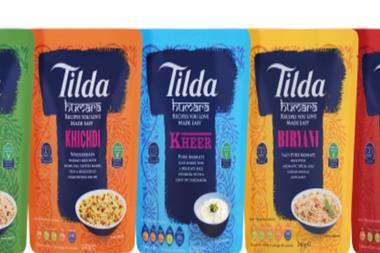


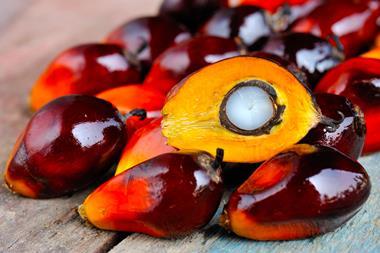
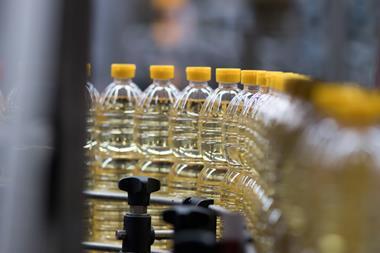



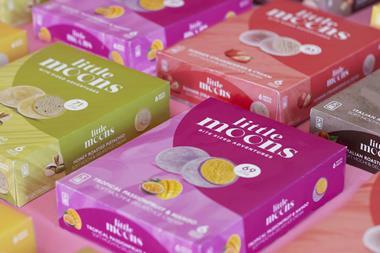

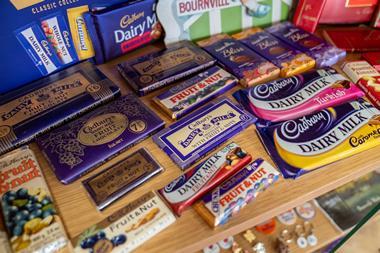
No comments yet